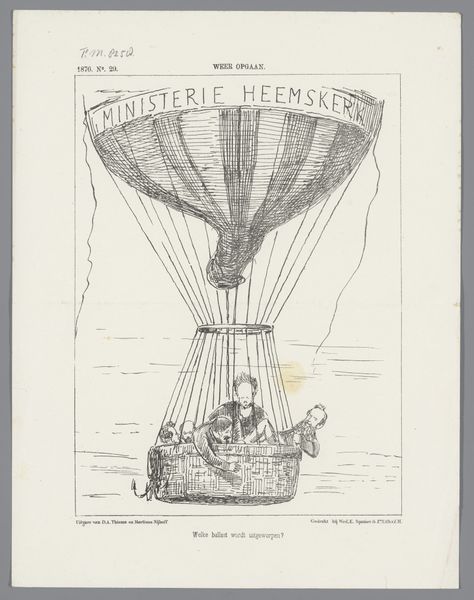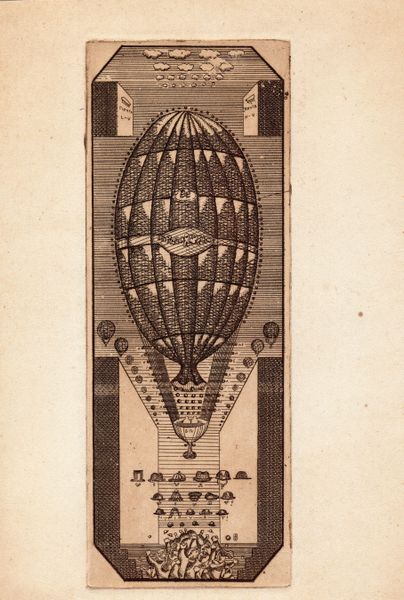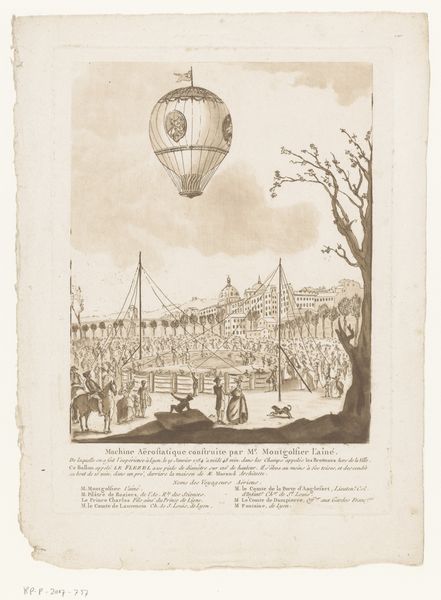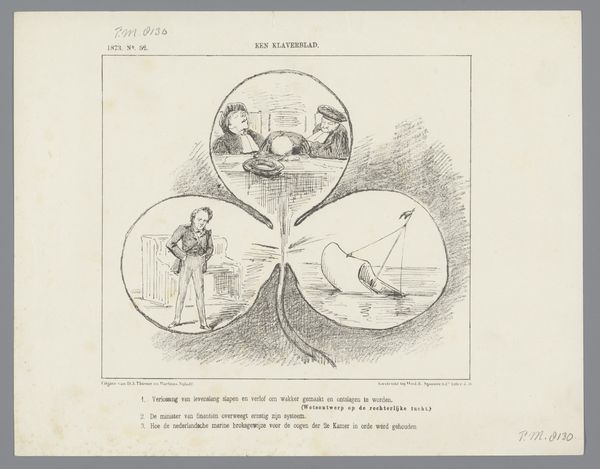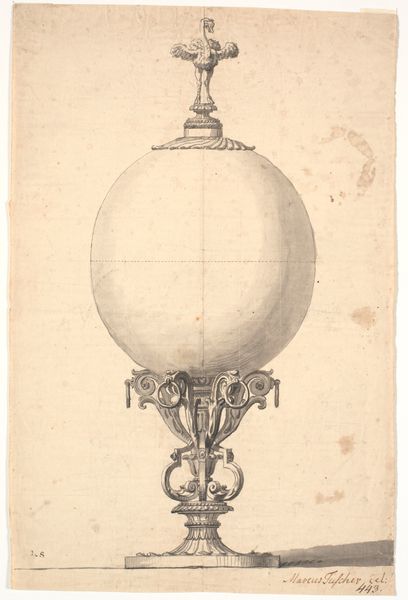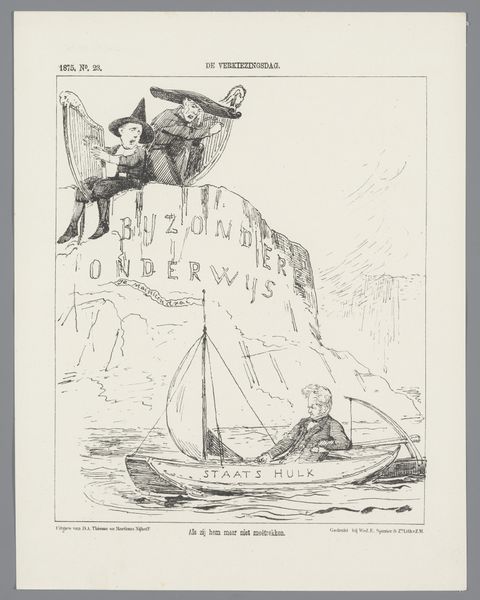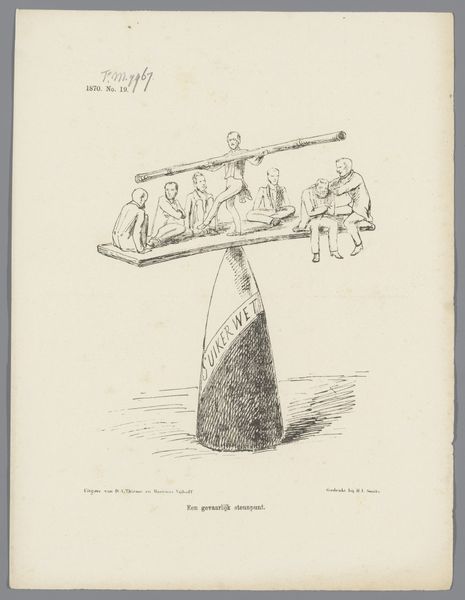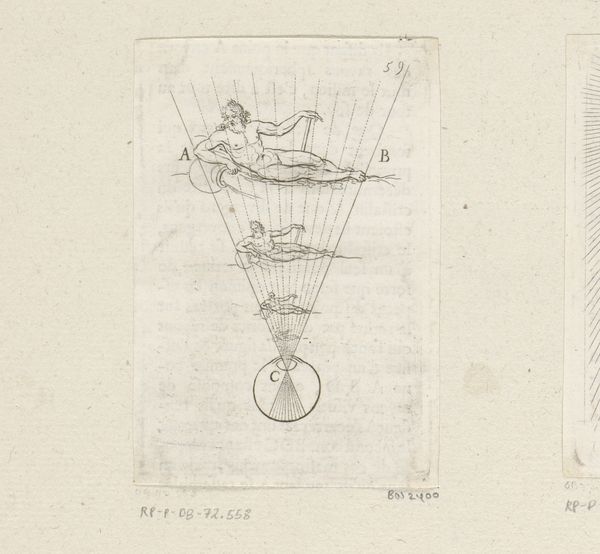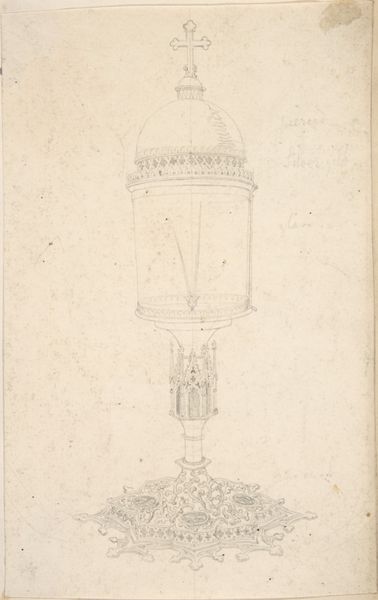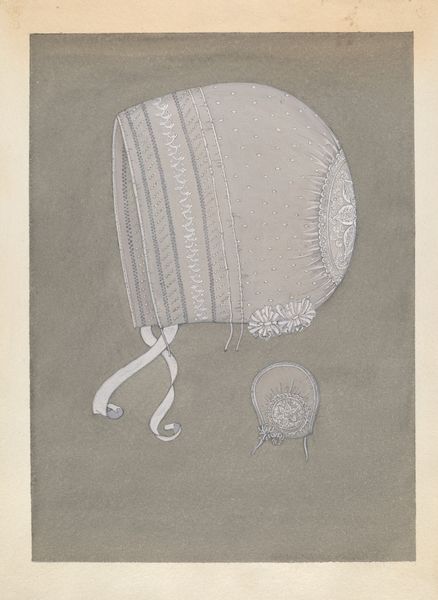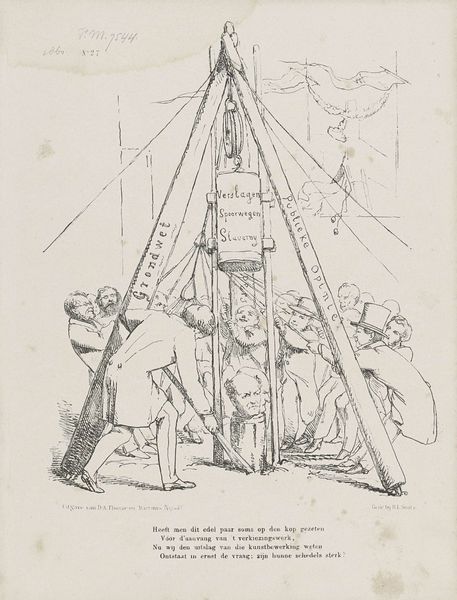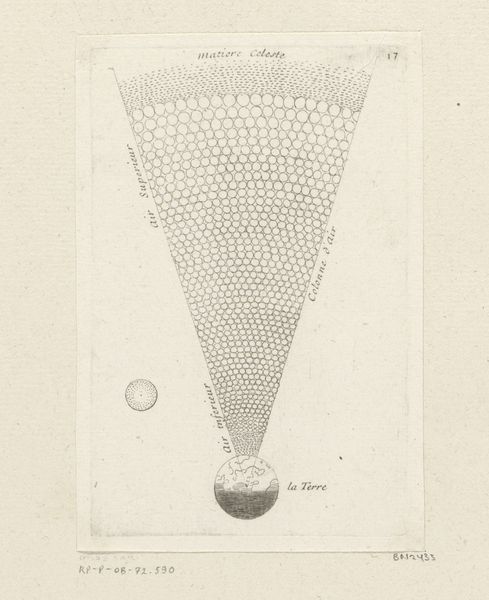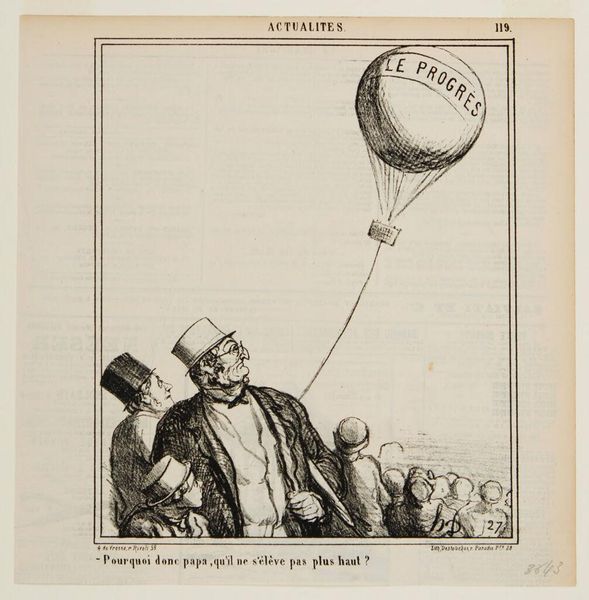
Spotprent waarin de ballonvaarder Godard met ministerie Heemskerk uitnodigt om mee te varen in zijn ballon 'Conciliatie', 1874 1874
0:00
0:00
print, engraving
#
comic strip sketch
#
quirky sketch
# print
#
caricature
#
old engraving style
#
sketch book
#
personal sketchbook
#
idea generation sketch
#
sketchwork
#
sketchbook drawing
#
storyboard and sketchbook work
#
sketchbook art
#
engraving
Dimensions: height 275 mm, width 215 mm
Copyright: Rijks Museum: Open Domain
Editor: So, here we have a print from 1874 titled 'Spotprent waarin de ballonvaarder Godard met ministerie Heemskerk uitnodigt om mee te varen in zijn ballon 'Conciliatie''. It’s a humorous engraving depicting a balloon with the word “Conciliatie” on it and figures waiting below. What’s your take on this piece? Curator: It's a caricature, deeply rooted in the socio-political landscape of the Netherlands in 1874. Consider the balloon, "Conciliatie," inviting the Heemskerk ministry – what exactly was needing reconciliation at this moment in Dutch political history? Editor: Hmm, I'm not sure. Maybe it's about differing political viewpoints needing compromise? Curator: Precisely. Caricatures like these were frequently used in printed media to comment on government policies, prominent figures, and societal issues. They played a vital role in shaping public opinion and critiquing power structures. Who was Godard, the balloonist? And what would inviting the Heemskerk ministry imply to viewers at the time? The public reception of this image would likely be tied to their existing political leanings. Editor: So the effectiveness of this artwork depends heavily on the viewer understanding the contemporary political context. Without that knowledge, it loses much of its meaning. Curator: Absolutely. The museum functions, in this case, to reconstruct a viewing context. By analyzing the political climate and understanding the artist's agenda, we can start to understand the image's original intended audience. This isn't just an image; it's a form of political commentary through art. Editor: That's fascinating. I hadn't thought about the print as a political statement with a clear social function at the time. Thanks for highlighting those aspects. Curator: My pleasure. Understanding the historical and social contexts allows us to truly engage with art and recognize its role in public life.
Comments
No comments
Be the first to comment and join the conversation on the ultimate creative platform.
